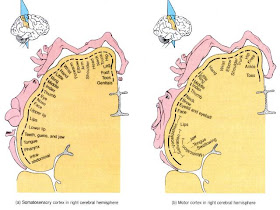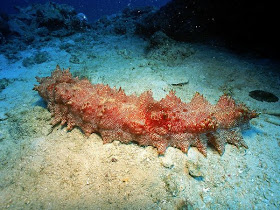In "Chromosome 5: Environment," Ridley begins the fifth chapter of Genome by saying that he has been misleading the readers because he talked about genetics as if it was words written in a simple language when it is actually "a world of greys, of nuances, of qualifiers, of 'it depends'" (65). With that, Ridley presents Chromosome 5, a more complicated gene that is called the 'asthma gene.' There are many theories about asthma, including one theory that claims that people who wash themselves more or encounter less mud have a higher chance of becoming asthmatics. To make it more complicated, most people with asthma are also allergic to something else, such as allergies to bee stings or peanuts. As a result, there is no clear cause for the wide range of responses from asthmatics and Ridley concludes that "grey indeterminacy, variable causality and vague predisposition are the hallmarks" (75) of genetics.
Source: Genome: The Autobiography of a Species in 23 Chapters by Matt Ridley
Source: Genome: The Autobiography of a Species in 23 Chapters by Matt Ridley


















